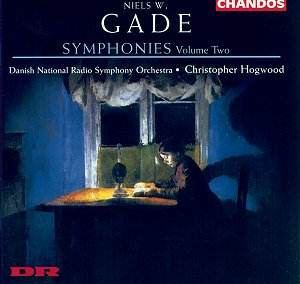 Composer: Zoltán Kodály
Composer: Zoltán Kodály
Works: Sonata for solo cello, Op. 8 (1915); Duo for violin and cello, Op. 7 (1914)
Performers: Jerry Grossman (cello), Daniel Phillips (violin)
Recording: Recorded at the American Academy of Arts and Letters, New York City, October 1983
Label: Warner Apex 7559 79672 2
Zoltán Kodály occupies a unique position in the pantheon of 20th-century composers, notably for his synthesis of folk idioms and classical forms. His works, particularly the Sonata for solo cello and the Duo for violin and cello, emerged during a period of great personal and national upheaval, reflecting the cultural turbulence of Hungary on the eve of World War I. The Sonata, composed in 1915, stands as a testament to Kodály’s innovative spirit, melding traditional folk music elements with the broader European classical canon. The Duo, written a year prior, similarly showcases his ability to weave complex counterpoint and rich textures, all while remaining deeply rooted in the Hungarian musical landscape.
Jerry Grossman’s interpretation of the Sonata for solo cello reveals a profound understanding of the piece’s emotional depth and structural integrity. From the outset, the work’s romantic yearning is palpable, and Grossman articulates this with a tonal richness that draws on the cello’s full range. His use of sparse fourths and fifths, particularly in the opening movement, resonates with Brahmsian echoes while simultaneously establishing a distinctive voice that is unmistakably Kodály’s. The climactic moments are handled with a sense of dramatic urgency, showcasing not just technical prowess but also an emotional resonance that elevates the performance. The finale, marked Allegro molto vivace, is a tour de force of virtuosic dexterity, executed with exhilarating precision, capturing the exhilarating spirit of the music.
The Duo for violin and cello offers a compelling complement to the solo sonata, demonstrating Kodály’s flair for intricate dialogue between instruments. Here, Daniel Phillips and Grossman engage in a musical conversation that is both intimate and dynamic. The second movement, with its “suppressed passion,” is particularly noteworthy; the expressive phrasing and nuanced dynamics achieve an intensity that is both captivating and haunting. Their rapport exemplifies a profound understanding of Kodály’s counterpoint, allowing the intricate motifs to unfold with clarity and purpose. The finale bursts forth with vibrant energy, the seamless interplay between the cello and violin evoking the sense of a full string quartet, an impressive feat for just two instruments.
The recording quality is commendable, benefiting from the expertise of producer Judith Sherman, ensuring a clear and natural acoustic that allows the subtleties of both performances to shine. The sound is well-balanced, capturing the warmth and depth of Grossman’s cello alongside the bright clarity of Phillips’ violin. The overall engineering magnifies the spatial qualities of the performance, inviting the listener into the intimate setting of the American Academy of Arts and Letters.
This release from the Apex series stands out as a vital addition to the catalog of Kodály’s chamber music. Its combination of high-caliber performances and the robust engineering quality makes it an essential listening experience for both casual listeners and dedicated aficionados. Grossman and Phillips deliver interpretations that are both technically impressive and emotionally resonant, affirming the enduring power of Kodály’s music and its ability to transcend the boundaries of time and place. Such artistry not only honors the composer’s legacy but also invites a renewed appreciation for his contributions to the chamber music repertoire.



